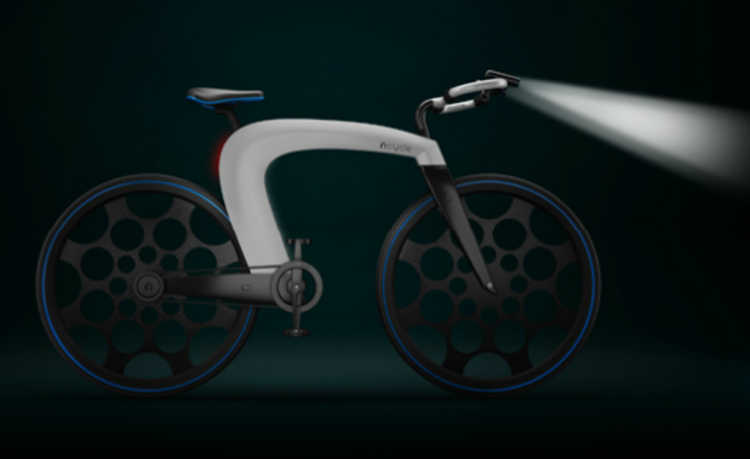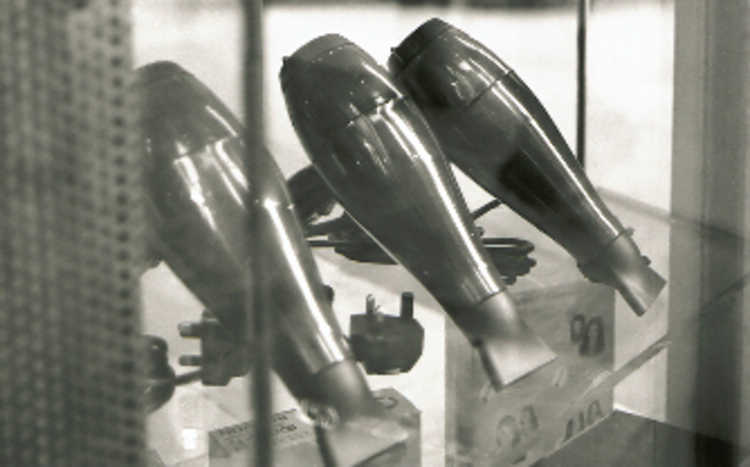Guide: What Types of Cells and Batteries Are Best for Your Use?
Alkaline batteries have the lowest environmental impact, but rechargeable models are less powerful

Batteries and batteries are tools that make life much more practical. They are present in watches, flashlights, cell phones, cameras, medical equipment, measurement-measurement instruments and much more.
Cells and batteries have chemical sources of electrical energy inside, which vary depending on the model (as we will see below). Briefly, these elements react with each other and convert the energy released in the chemical reaction into electricity. There are two electrodes made of different metals in cells and batteries, which provide the surface on which oxidation and reduction reactions take place. The two electrodes are connected by an electrical circuit, located outside the cell, called an external circuit, ensuring the flow of electrons between the electrodes.
There is a wide variety of models, but cells and batteries are practically the same in their structure, what differentiates them is that the batteries are formed by several cells grouped in series or in parallel, while the cells are single models. To find out the advantages, disadvantages and environmental impacts of each model, take a look at the information in the video and text below:
Leclanche pile
Invented by Leclanché in 1860, it is the most common of disposable batteries/cells. Composed of zinc/manganese dioxide, this type of battery presents a viable cost-benefit relation only for uses that require low and medium values of electric current. The potential offered by Leclanché batteries is 1.55 volt (V) to 1.74 V at room temperature.
The problem with these batteries is that chemical reactions continue to take place during storage and the period they remain undisturbed between uses, which can lead to leakage.
To minimize the occurrence of such reactions, manufacturers add small amounts of soluble mercury salts, surface-active and chelating agents, chromates and dichromates. As a result, Leclanché batteries now contain mercury (Hg), lead (Pb) and cadmium (Cd), which can pose serious risks to the environment. According to Conama Resolution No. 257 of 2001, these batteries cannot exceed the maximum of 0.010% mercury, 0.015% cadmium and 0.200% lead - information that must be included in the packaging.
Alkaline battery
This stack type is a modification of the Leclanché stack. They are also composed of zinc/manganese dioxide and have a potential of 1.55 V at room temperature.
The outer container for alkaline batteries is made of sheet steel to ensure better sealing and prevent the risk of leakage.
Since the reactions of alkaline batteries are reversible, they can also be rechargeable. For this, small modifications in its structure are necessary. However, its performance is much lower than that of traditional batteries and rechargeable batteries.
On the other hand, the performance of the non-rechargeable or disposable alkaline battery is far superior to that of the Leclanché battery.
The discharge capacity (to produce current, which is different from power) of disposable alkaline batteries is about four times greater in uses that demand continuous high electrical currents. In addition, alkaline batteries do not have chemical reactions when not in use, so they do not leak like Leclanché batteries, and can be stored for long periods (about four years), maintaining more than 80% of their initial capacity.
However, because they are more expensive, alkaline batteries are less consumed in Brazil (representing 30% of consumption, while Leclanché 70%).
From an environmental point of view, alkaline batteries are more viable as they do not contain toxic metals such as mercury, lead and cadmium.
Lithium battery
Lithium/manganese dioxide batteries are most commonly used in still cameras and provide a circuit potential of 3.0V to 3.5V at room temperature.
They are not in great demand because they are expensive and their use poses significant risks: improperly sealed lithium batteries can expose lithium to moisture in the air and cause flames.
lead battery
This type of battery is exclusively rechargeable and has a potential of 2V, in the charged state, up to 1.98V, in the discharged state, at room temperature. A series of six vessels offers a 12V potential.
Lead/lead oxide (lead/acid) batteries are automotive, industrial and sealed.
Most of these batteries, after being used, are collected by national manufacturers due to the significant international commercial value of lead and the fact that Brazil does not contain mines of this metal.
The problem is that the recovery method most used by companies is the pyrometallurgical method, instead of the electrohydrometallurgical method, which ends up contaminating the atmosphere with sulfur oxides (SOx ) and particulate lead.
Nickel/cadmium battery
Nickel/cadmium batteries are rechargeable and provide a potential of 1.15V at room temperature. These batteries can be produced in a wide variety of sizes and, like alkaline batteries, nickel/cadmium batteries are, in most cases, sealed to prevent leakage and when not completely sealed, have pressure relief valves. Nickel/cadmium batteries offer relatively high electrical currents, near constant potential, ability to operate at low temperatures, and long life. However, its production cost is much higher than that of lead batteries and, as they contain cadmium, they have a great environmental impact.
Metal Hydride/Nickel Oxide Batteries
Due to the environmental problem (cadmium) generated in nickel/cadmium batteries, metal hydride/nickel oxide batteries emerged. They are rechargeable and very similar to nickel/cadmium batteries, except that metal hydride/nickel oxide batteries use as the anode active material hydrogen absorbed in the form of metal hydride instead of cadmium. Thus, the discharge reaction of this electrode is the oxidation of the metal hydride.
A pair of electrodes provides a potential of 1.20V at room temperature. They perform better than nickel/cadmium, but their cost is still high.
Lithium Ion Battery
Lithium ion batteries are so called because instead of metallic lithium, they use only lithium ions. They are rechargeable, provide 3.0V to 3.5V potential, at room temperature and good performance and safety for users. In addition, the fact that they use low density materials allows them to be designed to have less mass, size and cost. Both metal hydride/nickel oxide and lithium ion batteries pose much lower environmental hazards than cadmium batteries.
Which ones to consume?
As we've seen so far, alkaline batteries are the most environmentally viable because they don't contain lead, cadmium and mercury. In addition, they can be stored for longer periods of time (four years) without running the risk of leaking and, if they have adequate structures, they can be rechargeable, avoiding further disposal. However, with respect to alkaline rechargeables, one must be aware that the performance is inferior to common rechargeables. On the other hand, non-rechargeable alkalines have a performance far superior to any other type of battery.
With regard to batteries, we do not always have the option to choose, as many devices, cars and equipment already have a specific battery model. But it is good to be careful to avoid equipment that have those that can catch fire in contact with moisture, lithium batteries.
Instead of devices that have lithium batteries, it is more viable to use those that have lithium ion and nickel oxide batteries, as they do not contain cadmium and do not have the same risk of generating flames.
avoid fake
After choosing which type of battery/battery is more suitable and environmentally viable for its use, be careful to avoid counterfeit models, as they can abruptly lose their charge, be less powerful, leak more easily, have a shorter lifespan, expose the user to heavy metals and/or cause serious accidents such as combustion and explosions. In addition, the consumption of counterfeit cells and batteries affects the reverse logistics of official manufacturers, as the latter are required by law to have collection points and end up receiving products from other sources and bearing external expenses.
Be wary if you find batteries that are too cheap or without certificates.
How to identify?
If not counterfeit, the cells and batteries come with the necessary specifications on the label.
If purchased in Brazil, the label must be in Portuguese and the size specified: AAA (stick battery) AA (medium battery) and A (large battery). In addition, basically it must be indicated if it is alkaline, rechargeable, production site and which distributor is.
Some batteries may be marked "no added Pb, Cd and Hg", which means lead, cadmium and mercury respectively, but are not necessarily alkaline. To ensure you are buying alkaline batteries look on the label.
Dispose correctly
And remember: batteries and batteries are almost 100% recyclable; after end of life, they need to be packed in strong plastic to prevent leakage and should not be disposed of in common landfills, see how recycling is done and how to dispose of batteries.










